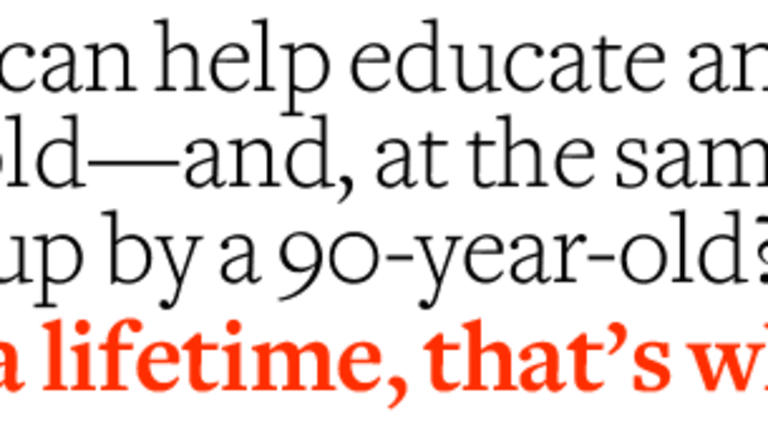When you think of Brooklyn, tennis is probably not the first thing that comes to mind. But it would be hard to find a better symbol for the once-embattled, now-resurgent borough of New York City than the five-court facility that sits near its center, the Knickerbocker Field Club.
The Knick, as it’s known to its 170 members, is one of the oldest tennis clubs in the U.S., and one of its least-likely survivors. Founded in 1889, with clay courts, a golf course and a Colonial Revival clubhouse, it joined the Natio-nal Register of Historic Places in 1982.
But like much of Brooklyn in those days, it was no longer thriving. By the end of the ’80s, the clubhouse had been destroyed by arson, and membership was in steep decline. All that was left were those clay courts, hemmed in by a noisy subway line on one side and towering apartment blocks on the other.
That was still enough to attract one crucial new member. In the early ’90s, Ray Habib, a native Brooklynite and longtime tennis addict, kept hearing friends talk about a club with Har-Tru courts. Those were the magic words. Habib had been “bitten by the tennis bug” as a teenager in the 1960s, when he picked up the game at a park in Bay Ridge; like many public facilities in New York then, the courts were clay.
“I got lost trying to find The Knick, like everybody else,” Habib says of the club, which is invisible from the surrounding streets. “When I finally saw the Har-Tru back there, it felt like an oasis.”
An oasis that needed a little bit of work, that is. Habib has done much of that work. During the ’90s, he transitioned from playing in the club’s tournaments to running them. By 2002, he was running The Knick itself, as its new president, a title he still happily holds.
“We used to save our money for a rainy day,” Habib says of The Knick’s lean years. “I had a different philosophy, which was to try to get things done now.”
Even as Habib has reinvigorated The Knick, his work there, and the community it has created, have helped him bounce back from personal tragedy. On the morning of September 11, 2001, his wife, Barbara, was in the World Trade Center’s north tower. She normally worked in midtown, but as Habib says, “fate had it that they wanted her downtown that day.”
Early for a 9:00 a.m. meeting, Barbara was killed when the first plane hit. For the last 10 years, Habib has worked as a volunteer for a 9/11 group called 9/11 Tribute Museum. With other family members, survivors and firemen, he conducts walking tours of the area and shares personal stories.
Along with his volunteer work, Habib, 66, holds down a full-time job at the Brooklyn Navy Yard. During the summer, he tries to set his schedule to give himself time to devote to The Knick. Maintaining the facility is a full-time job of its own, but Habib, who was a four-year player at Hunter College, has found time to win a few club doubles championships over the years.
“It’s a passion,” Habib says. “I love having an idea for the club, getting it implemented, and then seeing the reaction when new members discover us.”
Habib’s example is a reminder that boroughs like Brooklyn, and places like The Knickerbocker, don’t bounce back on their own. It takes a person with the passion to look around and believe that it can get better. Tennis is an individual sport, but what the individual puts into it, one can get back tenfold from the community one builds.
